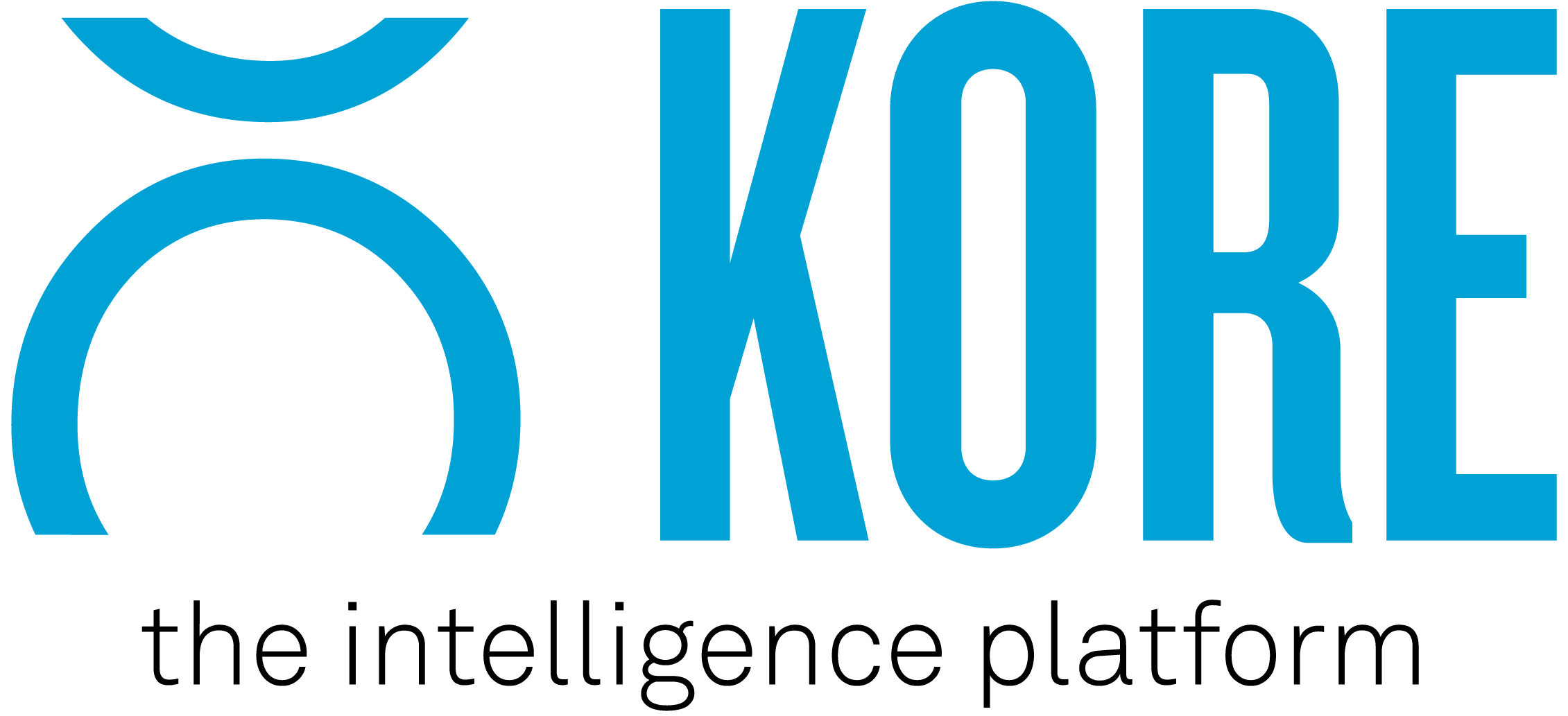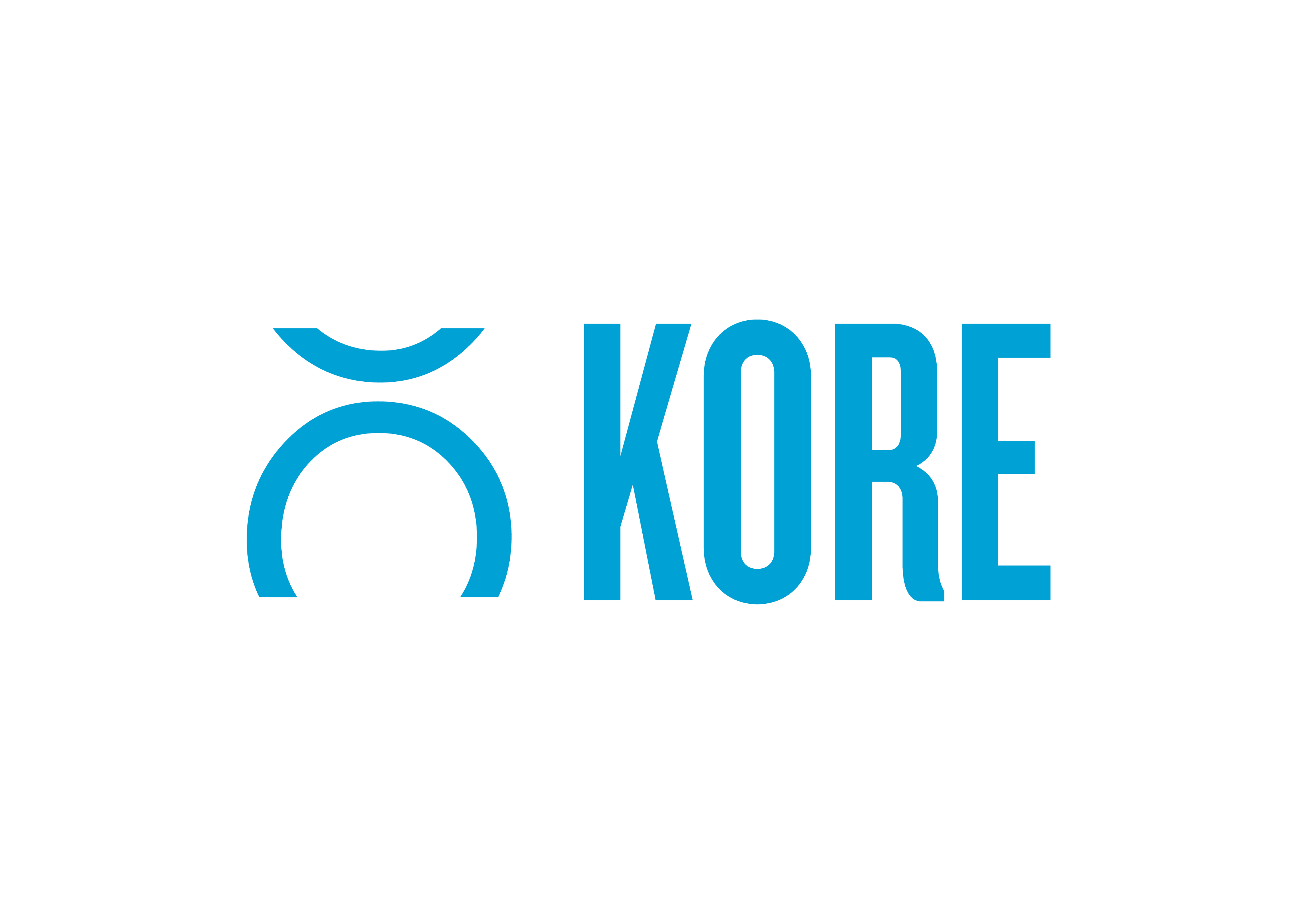Picking up where we left off with Part One – Planning for the Return, I wanted to continue taking a look at what some of the industry’s best are doing across various functions.
This month we are going to look at two areas that should work together but often don’t and that’s because one can take priority over another – Asset Management and Creative.
Hacking Asset Management
Here, I wanted to explore exactly how, as an industry, we begin to tackle the most challenging assets to create, deliver, and integrate into the broader marketing mix.
It does not matter where in the world you are reading this, there is a high chance you have been part of a sponsorship deal, in the past six months, that has been turned upside down. Whether it was the 200 tickets, VIP hospitality, or pre-game activations that cannot be used the same way, change has been the constant in 2020.
Of late, at KORE, we have seen new clients (not existing clients) refer to traditionally having a lack of visibility over what assets have been contracted, what’s still available, and how a portion of spend can be repurposed but then also reported on. That, however, has all come to be a huge pain point this year.
In my opinion, although some have been dealt a bad card with furloughs and redundancies, sponsorship or partner services managers have truly earned their money lately. Being able to manage expectations in line with inventory levels can be hard!
Interestingly, as part of a survey we ran recently in APAC, respondents called out Asset Management as the third most challenging aspect of sponsorship during COVID. That was behind 1. Measurement/Evaluation, and 2. Integration into Brand Strategy.
Based on commentary we have received, from both clients and non-clients, about asset management (all through KORE’s sponsorship delivery product, KONNECT), I would suggest considering the below to hack this space if you’re experiencing any of the previously mentioned challenges.
- Stop working from the contract. This should go without saying but sometimes contracts were written years before and they might not be as up to date as you think. Drawing a line through a delivered asset or benefit will not allow you to track any hard costs, values, or tasks related to its actual delivery.
- Make sure someone else knows what is in the contract. We often hear of both rights holders and brands where an individual in the organisation ‘owns’ the delivery space. This can be super counter-productive, especially in today’s environment. If the person who knows everything gets furloughed, or goes on leave, how do you know what goes where and how it’s used? It also leads to the attitude of “That’s how we’ve always done it” and that is not something anyone wants to hear when we are trying to work our way through challenging times and keep being told we need to pivot, be nimble, adjust, and find new ways of working and do it more efficiently!
- Understand what’s in the toolbox. And by toolbox, I mean in your asset register or inventory (whatever you want to call it). I’m not referring to a need to know how to repurpose assets. Instead, I’m acknowledging an elephant in the room and that’s new and renewing deals. When you go to a car yard, you expect the salesperson to have a base knowledge of the cars and what’s available, right?
At a bare minimum, at least, be aware of the asset categories, but, if you can, confidently say you are aware of everything that is contracted and still available. That will allow you to stay on top of new assets that shape a new or renewing deal because, if I was a betting man, I’d say that there’s a BIG portion of deals that will look totally different in 2021.
Hacking Creative
Here I wanted to explore the impact COVID has had on the creative function in sponsorship and how it plays a pivotal role in bringing us closer to our audience and fans.
Since the pandemic began, it has caused utter chaos across almost everything industry and job function including advertising and sports marketing. Creative directors across the globe have been given arguably the hardest task in making sure our beloved brands stayed front of mind with relevant content.
Let’s take a second to let that sink in because THAT IS A HUGE CHALLENGE!
The array of budget cuts, headcount reductions, general restrictions, and a need to stay up-to-date with consumer attitudes and behaviours has been nothing short of extraordinary. Some would argue that it has forced our creative directors, and broader advertisers, back to the drawing board to help create timely and relevant content in an even shorter period of time.
Seeing creatives deliver and repurpose imagery and film footage around the globe has given me a new level of appreciation and admiration for what they do. If you need proof, have a look at NIKE’s latest commercial that was put together entirely from repurposed imagery and footage.
If I can again lean on WARC for its 2020 Content Strategy Report, there’s some really simple but effective hacks we can learn:
- Content should aim to be part of culture. Consider different content formats to deliver a message. We have seen the production of love songs, feature films, and even podcast series win awards based on their effectiveness. “The beauty of content is that it doesn’t have to feel like an ad,” says James Tucker, Senior Strategist, Colenso BBDO.
- Content can drive behaviour change. Content can build emotional connections with audiences that ultimately drives action through powerful messaging. If I can lean on a KORE favourite to explain, refer to ‘Distracted Goalkeeper’ by Tech and Soul (São Paulo).
- Considering context benefits content strategies. A better understanding of the purpose of a sponsorship deal, in context to what we are trying to achieve, can play a big role in making a content strategy more effective. This can include a range of approaches but always requires an answer to the question “How to do we improve the interaction with fans or consumers?”
If you’re not fortunate enough to have creative directors, talk to your CMO or Head of Marketing. If you can’t do that, well, then try reverting back to some advice from our friends Tim Morris and Adam Hodge – talk to as many people in the organisation as you can. This will give you different perspectives on an issue or challenge and allow you to hack whatever it is you are trying to create.
What’s Next?
In our third and final piece of the Hacking Sponsorship Series we look at Hacking Perceived Value – how COVID has changed not only the commercial value of assets and deals but also how we value the intangibles.
We’ll also take a look at Hacking Segmentation – How we now need to dive even deeper in the trends, interests, and behaviours of consumers to drive meaningful content and relationships.
KORE is the global leader in engagement marketing solutions, serving more than 200 professional teams and 850+ sports and entertainment properties worldwide, providing practical tools and services to harness customer data, facilitate sponsorship sales and activation, and create actionable insights.



